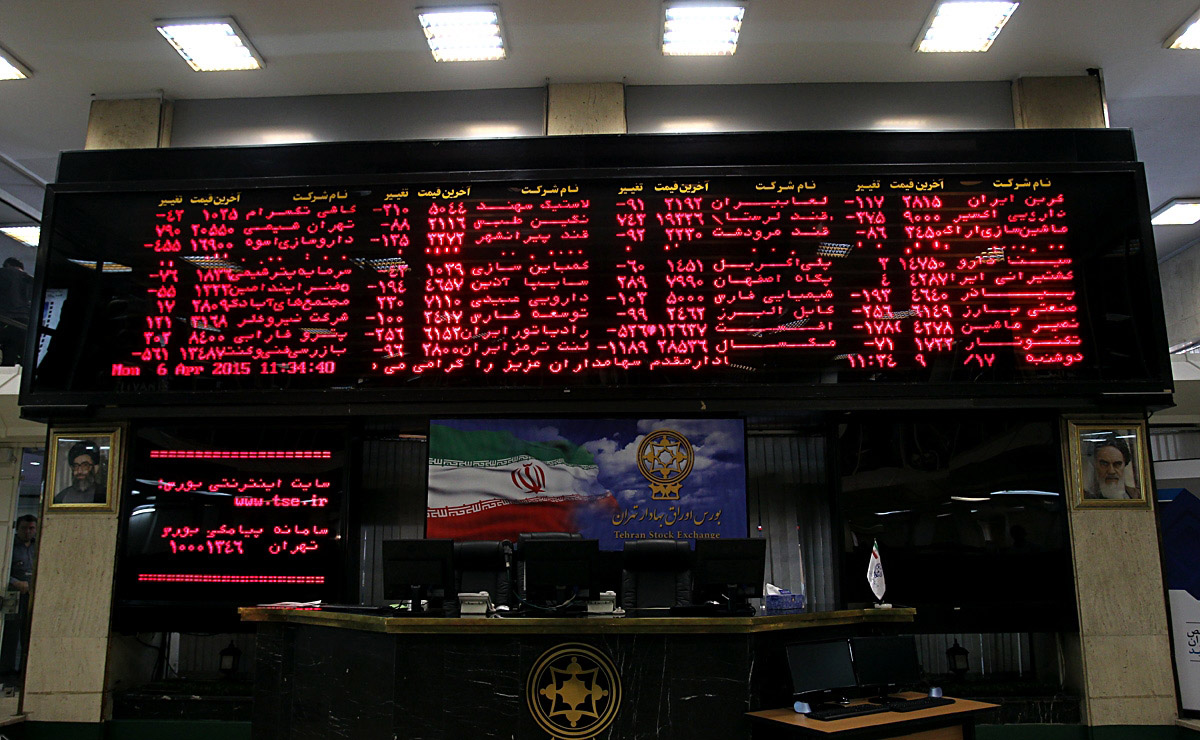Equities had their worst month so far this year, with both Iran’s stock exchanges adding to losses incurred during the prior two months.
The first quarter has been awful for stockholders, as bearishness dominated trading.
Shares pared more gains in Khordad (the third Iranian month ending June 20) as weak corporate earnings, disappointment about the speed and scope of reconnection with the international businesses after relief from sanctions, and political fears drove them lower.
Top analysts and market officials were proven wrong as markets declined, contrary to their adamant predictions of growth before the start of the year.
Chief among them, Mohammad Fetanat-Fard, the head of Securities and Exchange Organization, had predicted good days and a return of markets to the growth track.
Tehran Stock Exchange’s benchmark lost 3,678 points or 4.8%, and ended the month at 72,614 points. Khordad’s retreat nearly equaled the losses in the preceding two months combined.
TEDPIX’s losses have been steepening. The index lost 2.2% in the first month of the Iranian year (started 20 March), followed by a 2.7% decline during the second, with TEDPIX losing 3,927 points in total.
The story was slightly different on Iran Fara Bourse. The market suffered a 7.4% loss during Khordad, undoing the rebound in the preceding month. The over-the-counter market took its cue from the TSE in the first month of the year, with its main index losing 3.2%. However, the market recovered its losses and jumped nearly 5% in the following month, to investors’ relief.
Alas, it was not to last. Stocks on IFB tanked once again in Khordad, dipping 7.4%.
No Quarter
The first quarter of the year has been terrible for investors. TSE shed a tenth of its size during the period. Its more vibrant rival, the IFB, declined 5.9%.
Conversely, the dollar held steady throughout the quarter, rising a mere 0.57% against the rial to 34,750 rials per dollar. During Khordad, the rial slipped 0.1%. The greenback reached its highest against the rial on April 2 at 35,360 rials.
The rial’s stability is in part due to low business activity, as managers are holding off trade out of political worries and stumbling on remaining sanctions.
Former central bank governor, Tahmasb Mazaheri, also believes the bank is using its reserves to keep the rial steady.
Khordad’s Bloodletting
Khordad’s losses have been steep. Yet most of the month’s losses on TSE happened on three trading days—a 1.35% loss on June 11, followed by a 1% loss three days later and a 1.19% loss a day before the end of the first quarter on June 20. The rest of the month saw small back-to-back losses.
In comparison, losses on IFB were more consistent, though the drops on TSE were mirrored on the over-the-counter exchange.
IFB tried to buck the trend twice to no avail. Its index IFX peaked at 825.31 points on May 28—0.8% higher than the month’s opening.
The glum mood of the markets was such that even the promise of a further two percentage point cut to deposit rates by banks to 16% per year failed to woo fleeing investors back to equities.
Bond issuers on IFB’s bond market, however, are failing to keep up with demand for fixed income securities.


